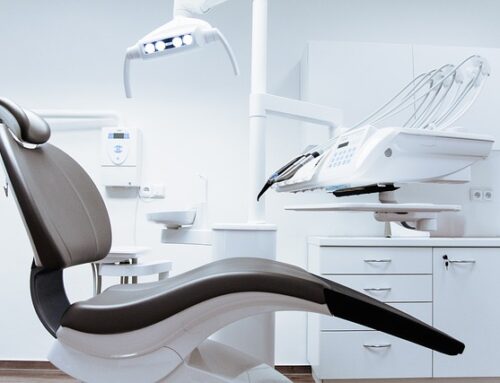Temporomandibular joint (TMJ) disorder (TMD) can be extremely disruptive and painful for our patients. But one way to help our patients find some relief from their TMJ pain is with jaw exercises. These exercises might help your patient experience some reduced pain from TMD. Here are five jaw pain exercises to keep in mind for TMD relief.
Resisted mouth closing
This exercise involves applying pressure to the chin while closing the mouth. Here is how to explain how to perform this exercise to your patients:
- Place your thumbs under the chin.
- Put your index fingers between the ridge of the mouth and bottom of the chin.
- Use your fingers and thumbs to apply gentle, downward pressure to the chin while closing your mouth.
Repeat this exercise a few times a day to experience relief from jaw pain. The best results occur after repeating the exercise.
Resisted mouth opening
It sounds like I am repeating myself, but this is the opposite of the above exercise. For resisted mouth opening, a person will apply gentle pressure to the chin while opening their mouth. Here is how to perform this exercise:
- Place two fingers under the chin.
- Open mouth slowly while applying gentle pressure with the two fingers.
- Hold this position for about three to six seconds.
- Slowly close your mouth.
- Repeat as needed.
Tongue up movements
For this exercise, patients will need to slowly open and close their mouth while maintaining contact between the tongue and the roof of the mouth. This exercise is so simple, there aren’t many steps to complete it. But patients should repeat this movement several times a day.
Side-to-side jaw movement
Another exercise to share with your patients is the side-to-side jaw movement. By moving the jaw from side to side, it helps strengthen the muscles. Here is what you can share with your patients about this exercise:
- Gently bite down with your front teeth on an object that is one-quarter of an inch thick.
- Slowly move your jaw from side to side.
- Increase the thickness of the object as exercises become easier to complete.
Forward jaw movement
This is another exercise that requires the use of a thin object such as a tongue compressor. Share these steps with your patient for the forward jaw movement exercise:
- Gently hold a thin object between your front teeth.
- With an object in place, move the jaw forward.
- The bottom teeth should be in front of the top teeth.
- Replace the object with a thicker one as the exercise becomes easier.
Are there other exercises you share with your patients who are experiencing jaw pain? Let us know!





